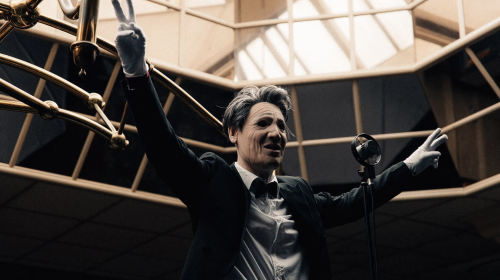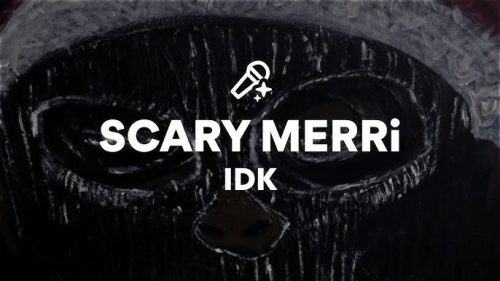Since marijuana was legalized in Washington, over $1.8 billion worth has been sold, and it’s predicted to keep on keeping on. Washington was projected to collect $1.5 million in marijuana excise tax per day in 2016, the Municipal Research and Services Center (MRSC) reports. We can throw around lucrative stats all day, but it doesn’t tell the story of where the money is going.
What was assumed to a lucrative return to the state, counties, and cities, isn’t quite the case. Excise tax generated upwards of $186 million in 2016, the WSLCB reports. It begs the question. Where is all the marijuana excise tax going?
Where Does Excise Tax Come From?
Sales dollars come from three places, producers, processors and retailers. Producers are growers. They grow all the marijuana and send it off to processors. Producers yield an average 187,500 pounds of weed a year, Kush Tourism reports.
Processors package marijuana, make pre-rolls and create different products from the cannabis plant. Including, concentrates, edibles, lotions, balms, etc. From there, the products go to the retail shops for consumers to purchase and enjoy.
Each stop in the process is labeled on the final product, ( seen below.) The final excise tax at sale is 37 percent and is collected by the Washington State Liquor and Cannabis Board (WSLCB.) After collection, it’s redistributed to state, county, and city governments.
In part 2 we will look at how marijuana excise tax is distributed.









